How to Discover Dinosaurs
Smithsonian paleontologist Hans Sues reveals some of his tips for finding and excavating a Mesozoic monster
:focal(750x38:751x39)/https://tf-cmsv2-smithsonianmag-media.s3.amazonaws.com/filer/e7/86/e786f8f4-72e1-4505-a80a-70c72ce41890/sia-sia2011-1424crop.jpg)
Dinosaur skeletons are the pride and joy of every natural history museum. As throngs of visitors come to marvel at the sizes and unusual shapes of these skeletons, few realize what it takes to find and collect these treasures. It is a job that is physically demanding, requiring long hours in the field—kneeling in the dirt, roasting in the hot sun with the sweat dripping from your brow, while often ignoring back pain and biting insects. However, I can attest, the excitement of uncovering remains of animals that lived countless millennia ago far outweighs any discomfort.
People always ask, “How do you know where to dig?” Well, first we have to find a dinosaur skeleton before we can dig it up. To collect dinosaurs requires careful planning. Unless they are called on to salvage a skeleton already found during construction or mining, paleontologists begin their search for dinosaurs by studying geological maps and reports to identify locations where the rocks might yield dinosaur bones. After securing the necessary fieldwork permits, team leaders select volunteers, assemble equipment and purchase supplies. For off-road transportation, four-wheel-drive vehicles are a must.
The ideal places for dinosaur hunting lack any vegetation cover and are far from human habitation. The best places for finding dinosaurs here in the United States are in Colorado, Montana, Utah and Wyoming. The most exotic places that I’ve traveled in pursuit of dinosaur fossils have been China, Kazakhstan and Uzbekistan. Today, the best dinosaur collecting is in Argentina, China and Mongolia.
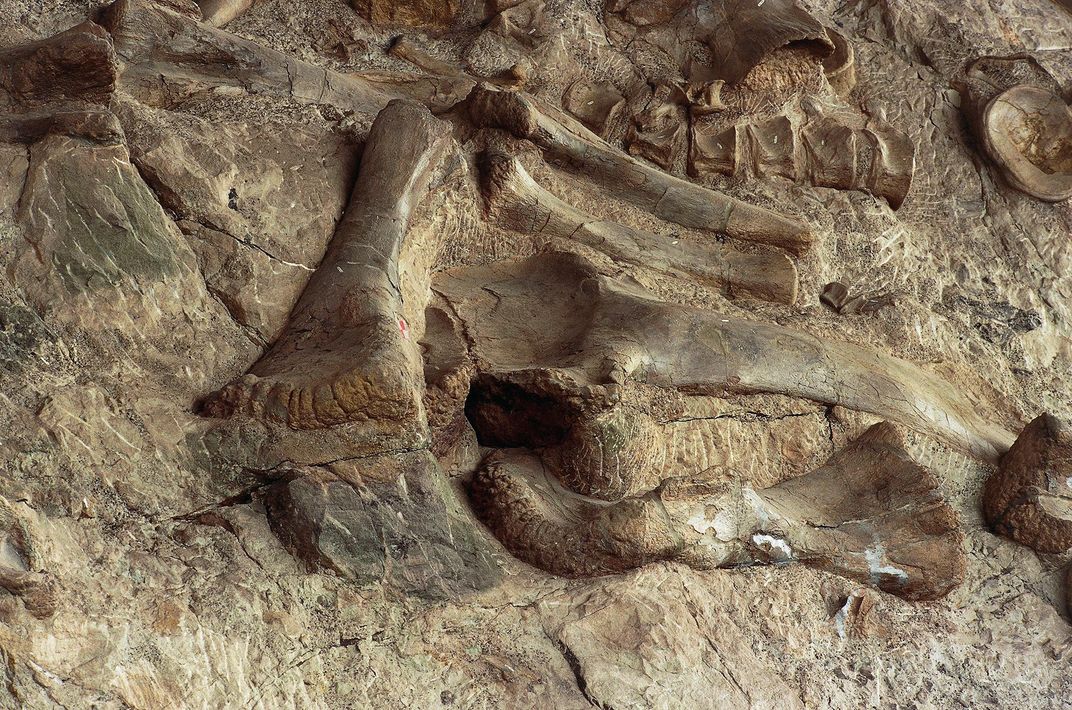
To begin a search at a site, collectors slowly walk across miles of exposures of strata, carefully scanning the ground for bone on the surface. It takes a practiced eye to be able to quickly distinguish fossil bone from the rock. The differences might only be subtle nuances in color and texture.
Once exposed from the rock by wind and rain, dinosaur bones will quickly crumble into pieces. Thus, collectors look for clusters of these broken, weathered pieces. A trickle of bone fragments might lead to a larger source, which, if luck is at hand, leads to more complete remains still buried in the rock.
The initial excavation of a skeleton is done with picks, shovels and jackhammers. This can be physical demanding labor because a lot of overlying rock often has to be removed before the bone layer is exposed.
Once the bone is exposed, we use small hammers, chisels, awls and dental picks to trace the outlines of the bones in the rock. Exposed bone surfaces are often fragile after countless millennia in the ground and require a thin coat of adhesive to strengthen them. Solutions of synthetic polymers, such as polyvinyl acetate, in acetone or ethanol, are used for this purpose. It is important to leave enough rock around bones to protect them during transport to the laboratory.
It is imperative to keep detailed documentation concerning the location of a fossil skeleton and its geological context. These data allow paleontologists to determine the geological age of the remains and reconstruct the ancient environment in which the dinosaur lived and died. Without this information, the scientific value of the specimen is greatly diminished.
As a first-year graduate student at the University of Alberta, my first experience was the excavation of a skeleton of an 80-million-year-old duckbilled dinosaur. The fossil had been found weathering out of a hillside along the South Saskatchewan River in southern Alberta, Canada. The rich brown color of its bones stood out beautifully against the grayish-white sandstone. A few tail vertebrae had been exposed and some digging revealed that much more of the skeleton extended into the hillside.
A team from the university spent much of the summer excavating the bones, which turned out to be embedded in a hard sandstone. We had to proceed with care with our duckbill as some limb bones were preserved separate from the rest of the skeleton. The skeleton was large, and we had to divide it into several blocks in order to transport it. We covered each block of the bone-bearing rock in burlap strips, cut from old flour bags and dipped in wet plaster. First, a layer of damp tissue paper was applied to the bones to prevent the plaster from sticking to them. Then layers of plaster bandages were tightly molded to the surfaces of each block. Any loose pieces of bone were wrapped and bagged separately.
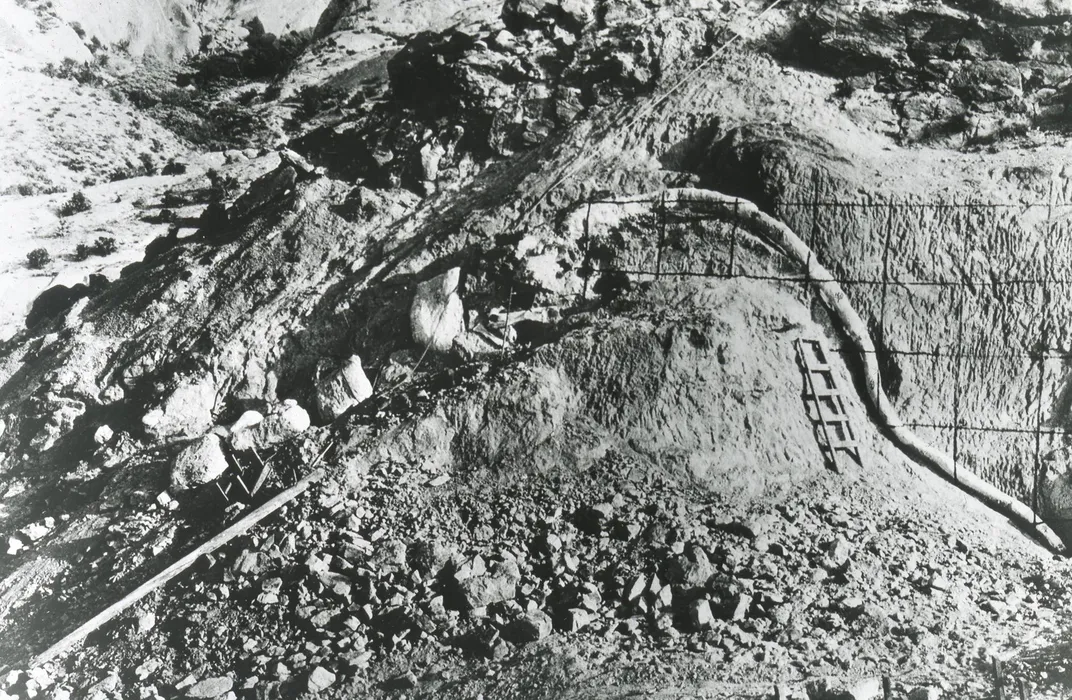
Once a first round of plastering was completed, we dug trenches around the plaster jackets until they each were supported only by a small pedestal of rock. Then the jackets were turned over and their undersides fully plastered. Pieces of wood or pipe were inserted into the plaster to increase the strength of each jacket. Once dried, the plaster jackets formed a sturdy shell protecting the dinosaur bones inside.
Our dig site was on the side of a cliff so a backhoe was brought in to build a dirt road for moving the blocks up the slope to a truck for transport back to the university. Individual blocks of plaster-jacketed bone-bearing rock can weigh hundreds of pounds or more.
The actual removal of the bones from the rock encasement takes place in the laboratory. The technician opens the plaster jacket using a circular saw. In most cases, the bones are slowly freed from the rock using dental tools and air-scribes—a type of tiny jackhammer. Fine details and small bones are cleaned using carbide needles mounted in pin vises. Broken pieces are mended with adhesive and gaps are filled in with plaster or epoxy resin. This work, once done by stone masons, demands a lot of skill and tremendous patience. Today it is undertaken by specially trained technicians.
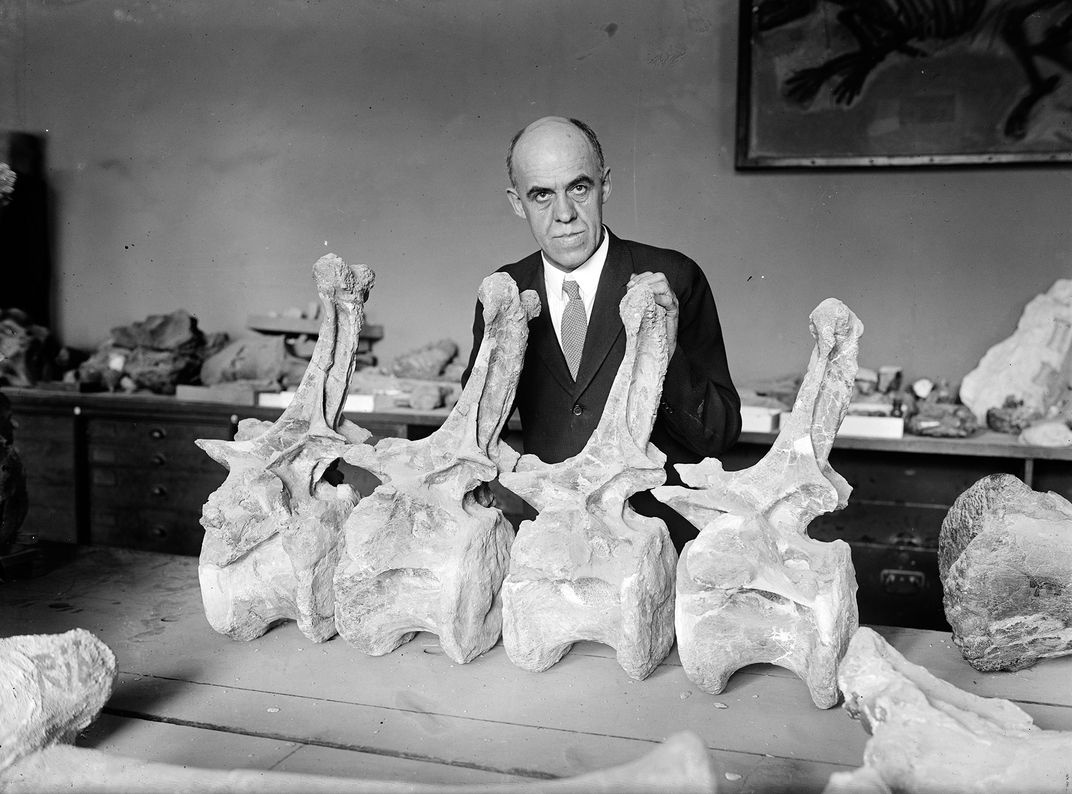
Most dinosaurs discovered to date are not known from even partial skeletons. Some species are documented only by a tooth or a leg bone. However, even such fragmentary remains often show distinct features that give enough information that paleontologists are able to identify the kind of dinosaur. When I did fieldwork a few years ago in Uzbekistan with colleagues from that country along with paleontologists from Russia, the United Kingdom, and the United States, we collected many beautifully preserved but isolated bones and teeth representing a considerable variety of 90-million-year-old dinosaurs.
Among these remains were teeth and bones that belonged to a horse-sized, meat-eating dinosaur with blade-like teeth. The first finds only told us that these remains documented the presence of a tyrannosaur, but not whether it represented a new species, or an already known one. Then the team found a tyrannosaur braincase that clearly differed from the braincases of other known tyrannosaurs. This new tyrannosaur became Timurlengia euotica in honor of the 14th century Central Asian ruler Timur Leng (Tamerlane or Timur the Lame). Because the inner ear showed that this dinosaur had keen hearing, we named the new species euotica (Greek for “well-hearing”).
Collecting large dinosaur skeletons often takes a considerable investment of time and effort. A good example of this is the spectacular skeleton of the Jurassic dinosaur Diplodocus that graces the new fossil hall at the Smithsonian’s National Museum of Natural History in Washington, D.C. It was collected by the Smithsonian’s legendary dinosaur hunter, Charles Whitney Gilmore and his crew at Dinosaur National Monument in Utah in 1923. It took him and his technicians almost eight years from the recovery of the skeleton from a steep cliff of hard sandstone to the completion of the mounted skeleton for display.
Gilmore was never happy about this gargantuan effort because he considered the dinosaur primarily of interest as an exhibit but yielding little if any new scientific information. Indeed, millions of visitors have since admired this 90-foot ancient giant.
/https://tf-cmsv2-smithsonianmag-media.s3.amazonaws.com/filer/f9/be/f9bebf39-df6d-4028-9ef5-94ba864c67ef/diplodocus-hallorum_usnm10865-11940_002.jpg)
But contrary to Gilmore’s expectations, the skeleton continues to be of great interest to paleontologists. Most recently, a team of European researchers re-examined all known specimens of Diplodocus and its close relatives. Their study upended the traditional classification of these dinosaurs. The Smithsonian skeleton was re-identified as belonging to the uncommon species Diplodocus hallorum, the first specimen of which had been reported as “Seismosaurus” in reference to its enormous size.
The Smithsonian skeleton also has unusual features in its tail. Some of the tail vertebrae are fused together and their spines are oddly shaped. Paleontologists consider these features pathological and are still exploring what they might tell us about the life of this ancient giant. Undoubtedly, the Smithsonian’s skeleton of Diplodocus will remain an important resource for future scientific studies on this and related dinosaurs. Gilmore’s eight years of work turned out to be a good investment.
/https://tf-cmsv2-smithsonianmag-media.s3.amazonaws.com/accounts/headshot/HansDS2018.jpg)
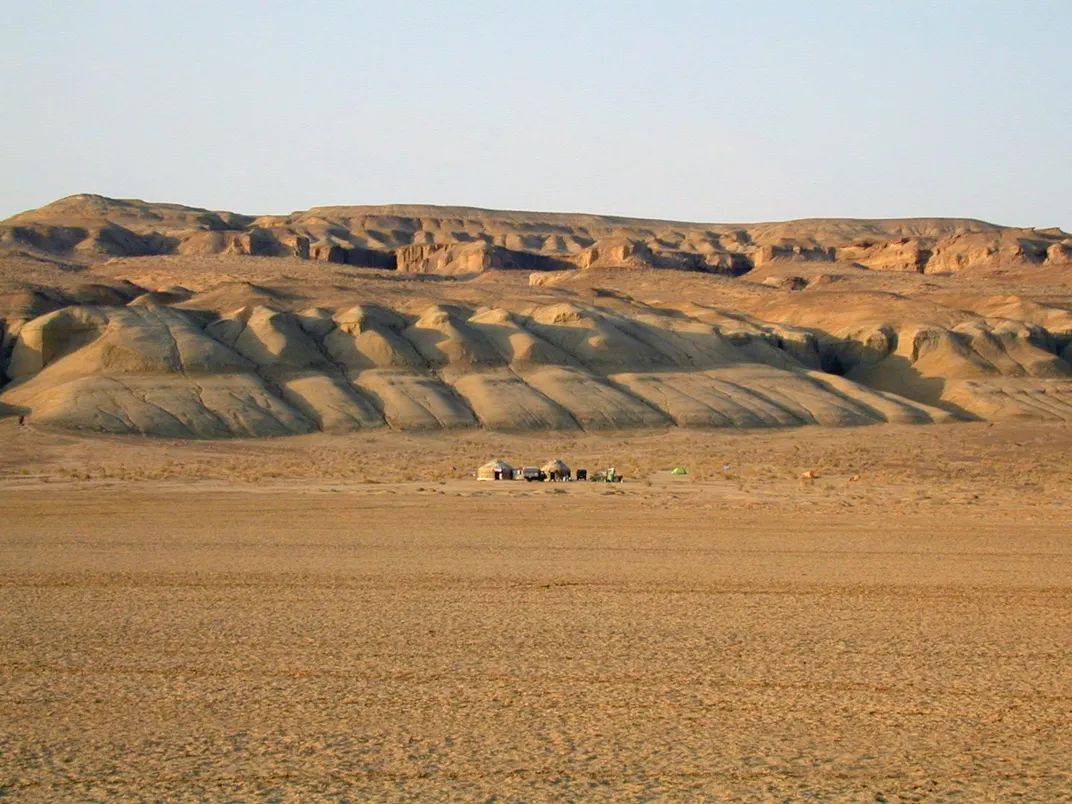
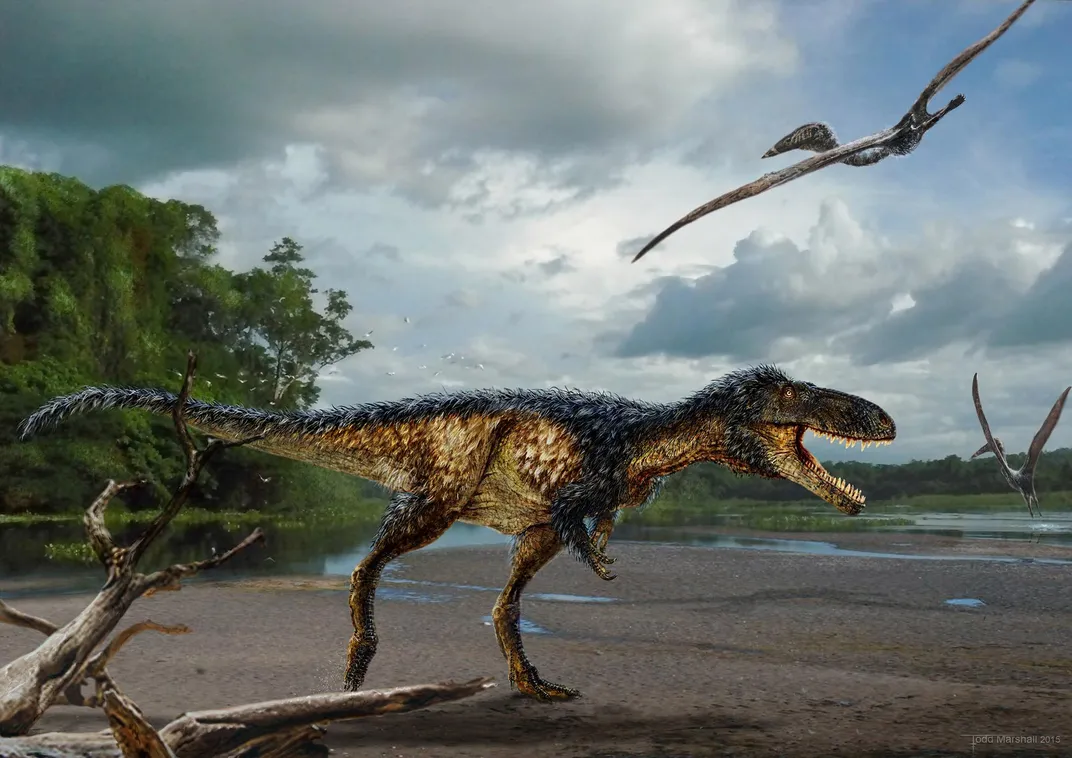
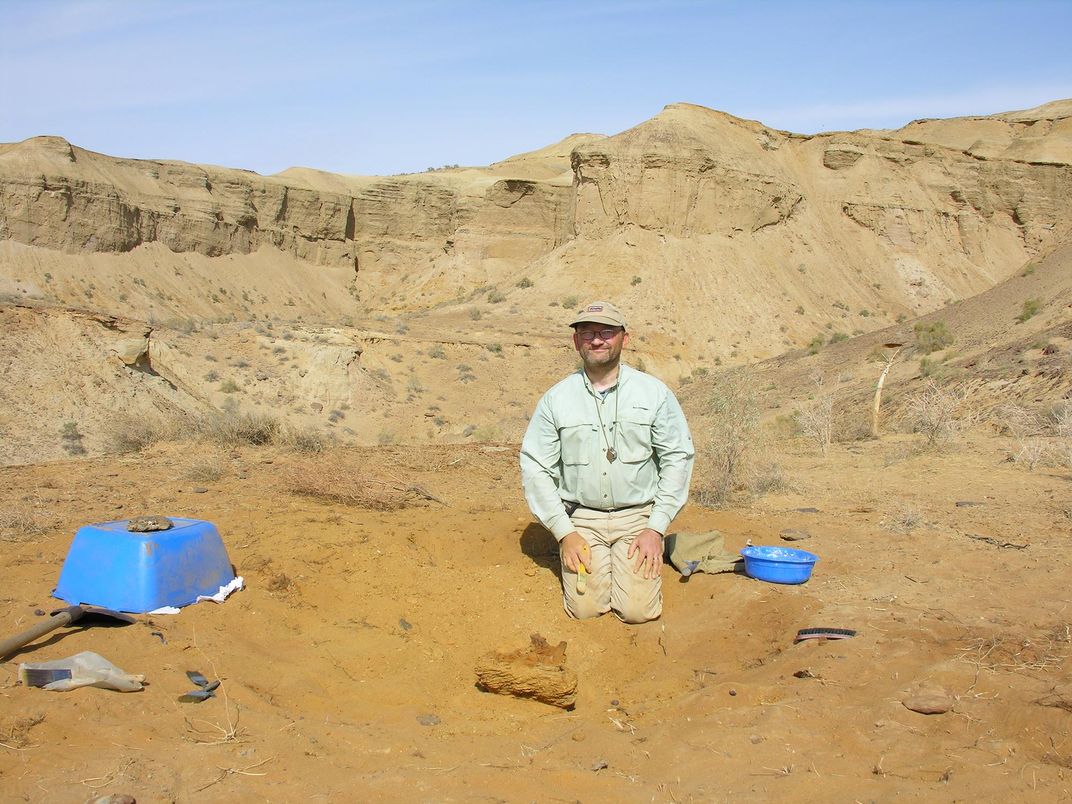
/https://tf-cmsv2-smithsonianmag-media.s3.amazonaws.com/accounts/headshot/HansDS2018.jpg)